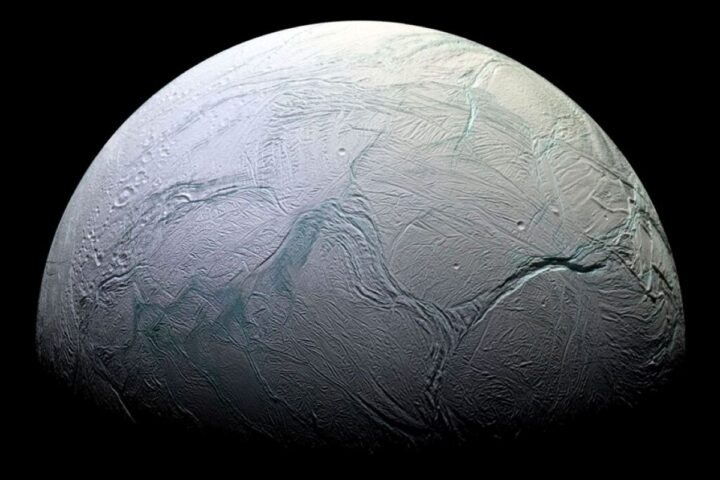These are the days of innovations and discoveries. The latest marvel is a satellite – that too a wooden one which is soaring in space as we are worried about who will rule the US next four years. This wonder is created by Japanese researchers from Kyoto University and Sumitomo Forestry. This innovative satellite named LignoSat aims to demonstrate the potential of timber in sustainable space exploration.
LignoSat was ferried to the ISS (International Space Station) on a SpaceX Dragon Spacecraft. It was launched atop a Falcon 9 rocket from Kennedy Space Center on Monday. The orbit of the satellite will be 400 kms (250 miles) around Earth. The project LignoSat is a collaboration between Kyoto University and Sumitomo Forestry, a logging company.
LignoSat is sustainable as it is made from magnolia, a type of magnolia tree native to Japan. It is designed to burn up completely upon reentry. Thus it minimizes environmental impact. Owing to the absence of water and oxygen, wood is more durable in space. Otherwise it would cause rot or fire. Wooden satellites could be used for building structures on the moon and Mars, if LignoSat succeeds. It can reduce space debris and pollution.
According to Takao Doi, a former astronaut and professor at Kyoto University, the potential of timber in space construction and the long-term vision of building timber houses on the Moon and Mars is exciting. A forest science professor at Kyoto University, Koji Murata says that the feasibility of wooden satellites and their environmental benefits are enormous. He emphasized that this innovation could lead to more sustainable space exploration methods.
Using techniques that allow the satellite to be built without screw or glue, LignoSat incorporates traditional Japanese craftsmanship. Japan’s rich cultural heritage in modern technology is showcased by LignoSat. It also maintains the integrity of wood. The mission of LignoSat includes experiments to test how wood performs in space. LignoSat will collect data to help assess its durability and potential for future space missions.
Space debris is often left behind by traditional satellites. It poses threats to other spacecraft. The design of LignoSat ensures that it burns up entirely upon re-entry, mitigating this risk. The satellite helps pave the way for more sustainable practices in the space industry, as it uses wood, which is a renewable resource.
Similar Posts
Opening up new markets and applications for wood in high-tech fields, the success of LignoSat could revolutionize the timber industry. The importance of interdisciplinary collaborations is highlighted by this project. It could inspire further partnerships between academic institutions, industry, and space agencies.
How wooden satellites compare to traditional metal satellites will have to be studied in terms of other environmental benefits. Depth will be added if insights into the long-term vision of planting trees and building timber space vehicles on other celestial bodies are studied. The uniqueness of the project would raise eyebrows by detailed descriptions of the traditional Japanese craft and their techniques used in LignoSat’s construction. However, wooden satellites are more preferable when we consider the issues around space debris and environement. Wood is extensively degradable when compared to the materials used in traditional satellites.
The spacecraft is scheduled to dock autonomously at the ISS’s Harmony module on Tuesday, November 5. The six-month mission of LignoSat includes various scientific experiments to monitor how the wood endures extreme space conditions, providing valuable data for future applications. International attention has been garnered by the project. Many space agencies and environmental organizations are keen to see the results of this innovative mission.
A wooden satellite has been launched by Kyoto University and Sumitomo Forestry. It’s called LignoSat. Its implications will have far-reaching impact on environment and timber industry.

















